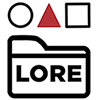-
 Developing a Research Question
Developing a Research Question This learning object includes a handout with questions to guide students to developing a research outcome.
-
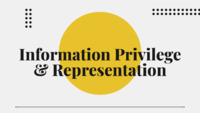 Information Privilege and Representation
Information Privilege and Representation This lesson uses disability studies to look at the effect of representation (or lack of representation) in the news. In this lesson, students discuss the importance of marginalized communities representing their perspectives on important issues, especially when those issues directly affect them.
-
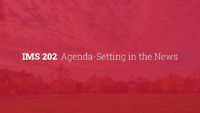 Media Effects Lesson on Agenda-Setting in the News
Media Effects Lesson on Agenda-Setting in the News This news literacy lesson teaches students about the mass media concept, agenda-setting.
-
 Using Episodic and Thematic Frames to Get More Out of the News
Using Episodic and Thematic Frames to Get More Out of the News This lesson teaches students about the concept of framing from mass media communication in order to help them think more critically about information production.
-
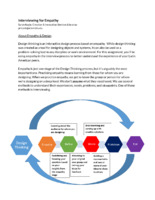 Interviewing for Empathy
Interviewing for Empathy
A worksheet to help prepare students for performing empathy interviews as part of the design thinking process.
-
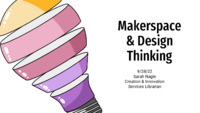 LAS 315 - Makerspaces, Design Thinking, & Empathy
LAS 315 - Makerspaces, Design Thinking, & Empathy This presentation introduces the concept of design thinking, particularly focusing on the empathy aspect of the process. Students in a class titled Latin American Diaspora in the US used empathy to better understand experiences of Latin American people.
-
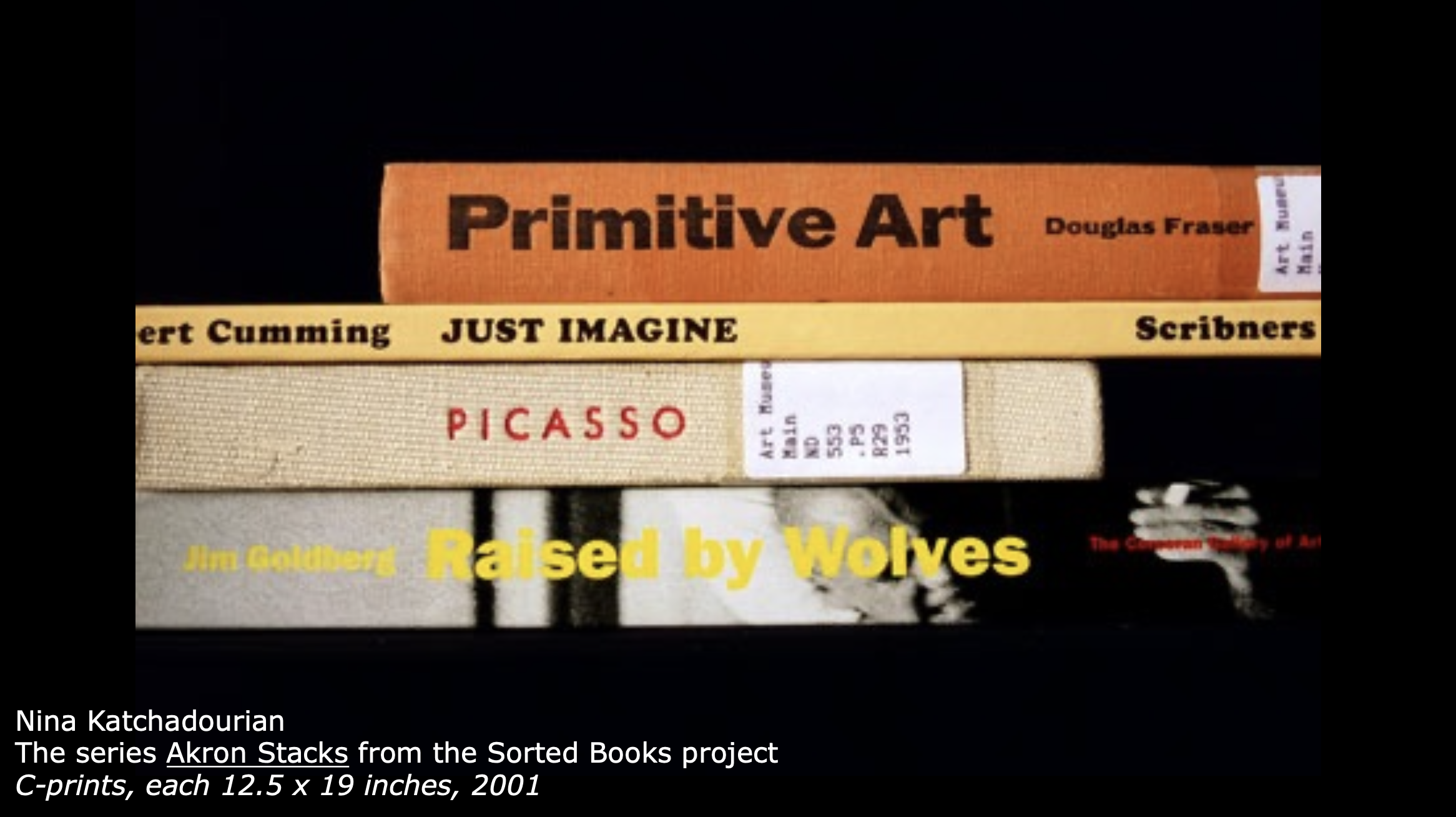 Book Spine Poetry
Book Spine Poetry This activity is meant to engage studio art students in the library through browsing and serendipitous discovery. Research has shown that art students have a preference for browsing as an information search strategy.
-
 Zine Workshop
Zine Workshop Learning Outcomes
1. Understand what zines are and how they function to record and promote counter-cultural voices as well as challenge traditional authority.
2. Learn about the history of zines and their aesthetics.
3. Analyze how text and image can work together to create meaning.
4. Make zines
-
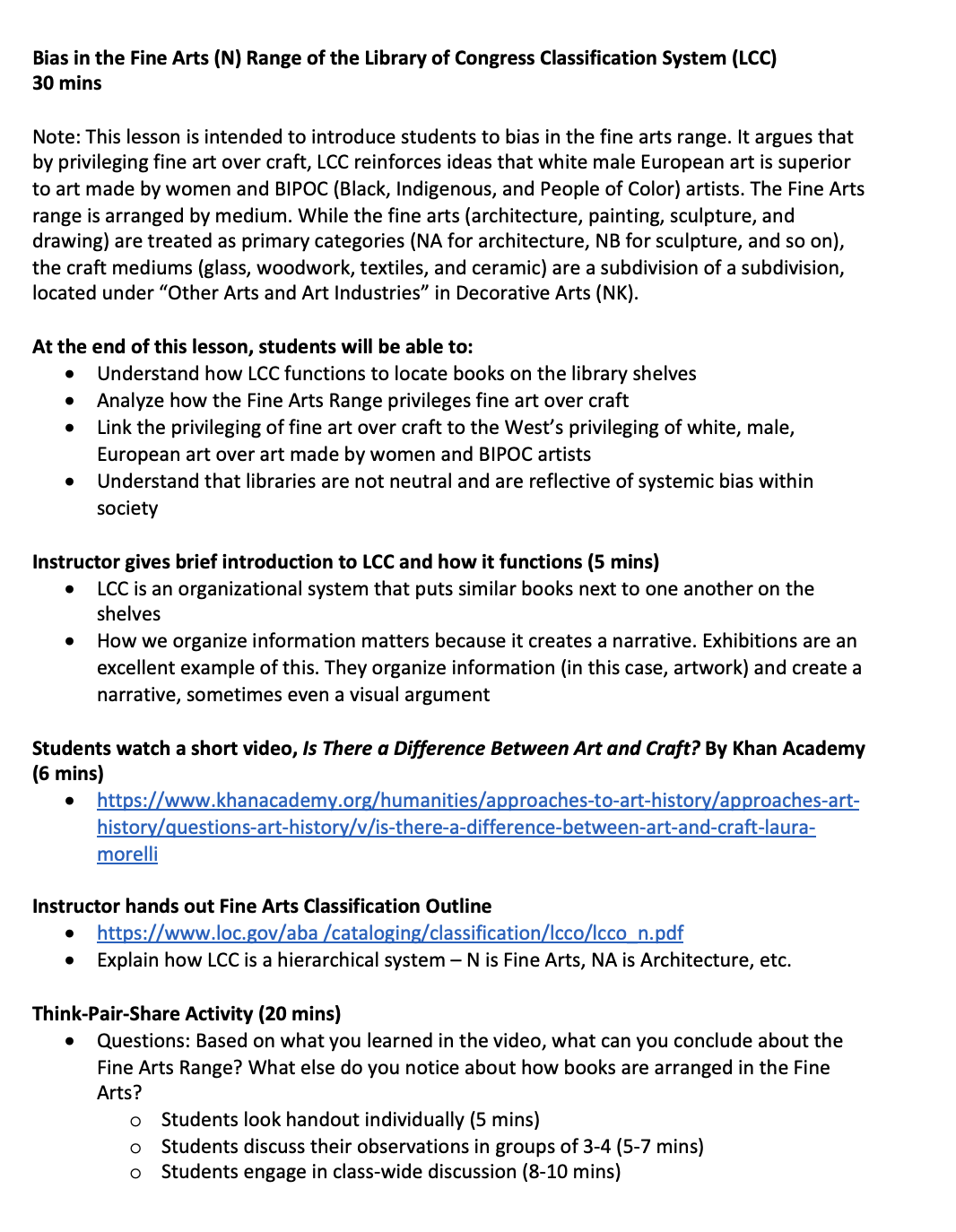 Bias in the Fine Arts Range of the Library of Congress Classification System
Bias in the Fine Arts Range of the Library of Congress Classification System This lesson is intended to introduce students to bias in the fine arts range. It argues that by privileging fine art over craft, LCC reinforces ideas that white male European art is superior to art made by women and BIPOC (Black, Indigenous, and People of Color) artists. The Fine Arts range is arranged by medium. While the fine arts (architecture, painting, sculpture, and drawing) are treated as primary categories (NA for architecture, NB for sculpture, and so on), the craft mediums (glass, woodwork, textiles, and ceramic) are a subdivision of a subdivision, located under “Other Arts and Art Industries” in Decorative Arts (NK).
-
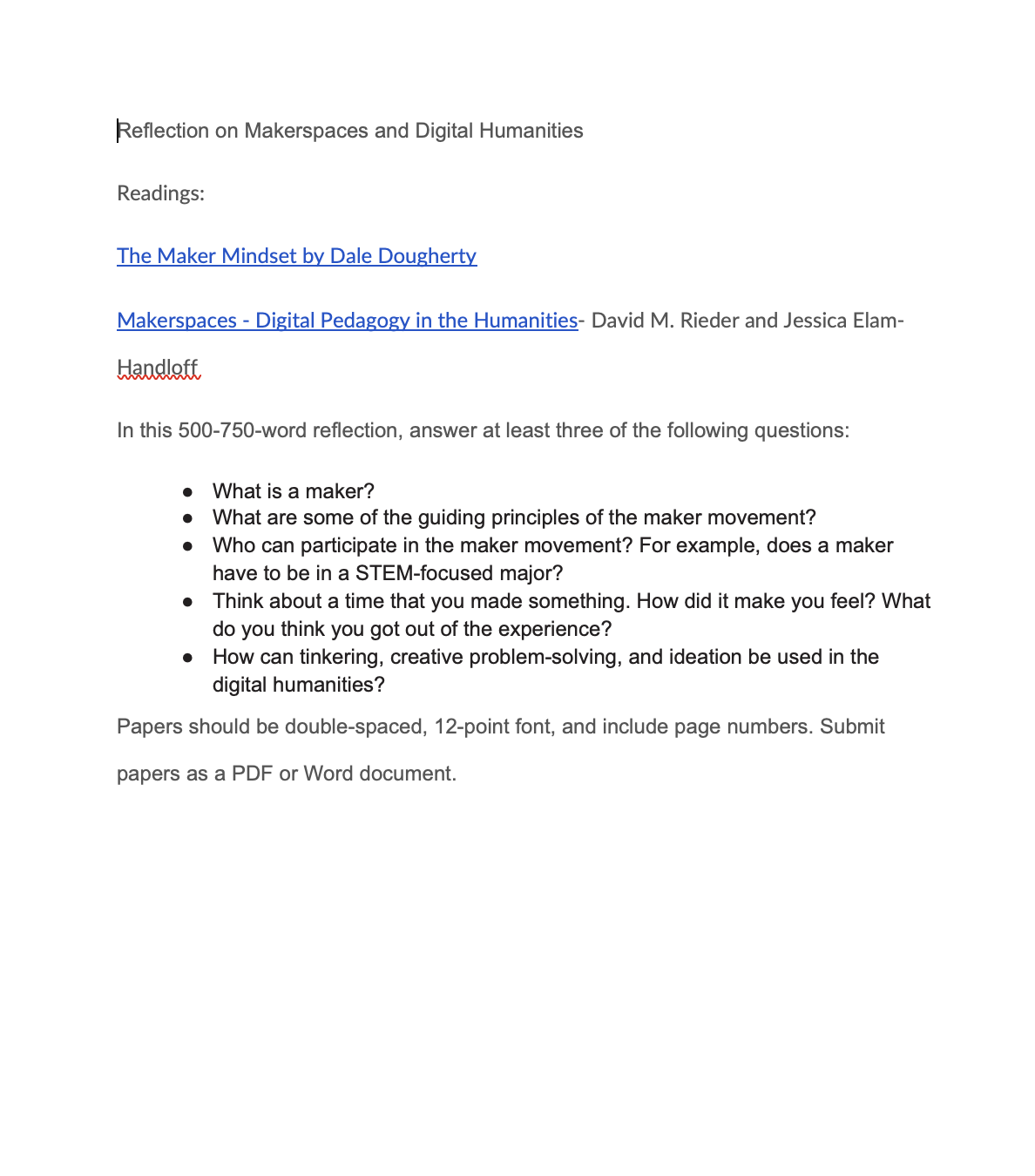 Reflection on Makerspaces and Digital Humanities
Reflection on Makerspaces and Digital Humanities
-
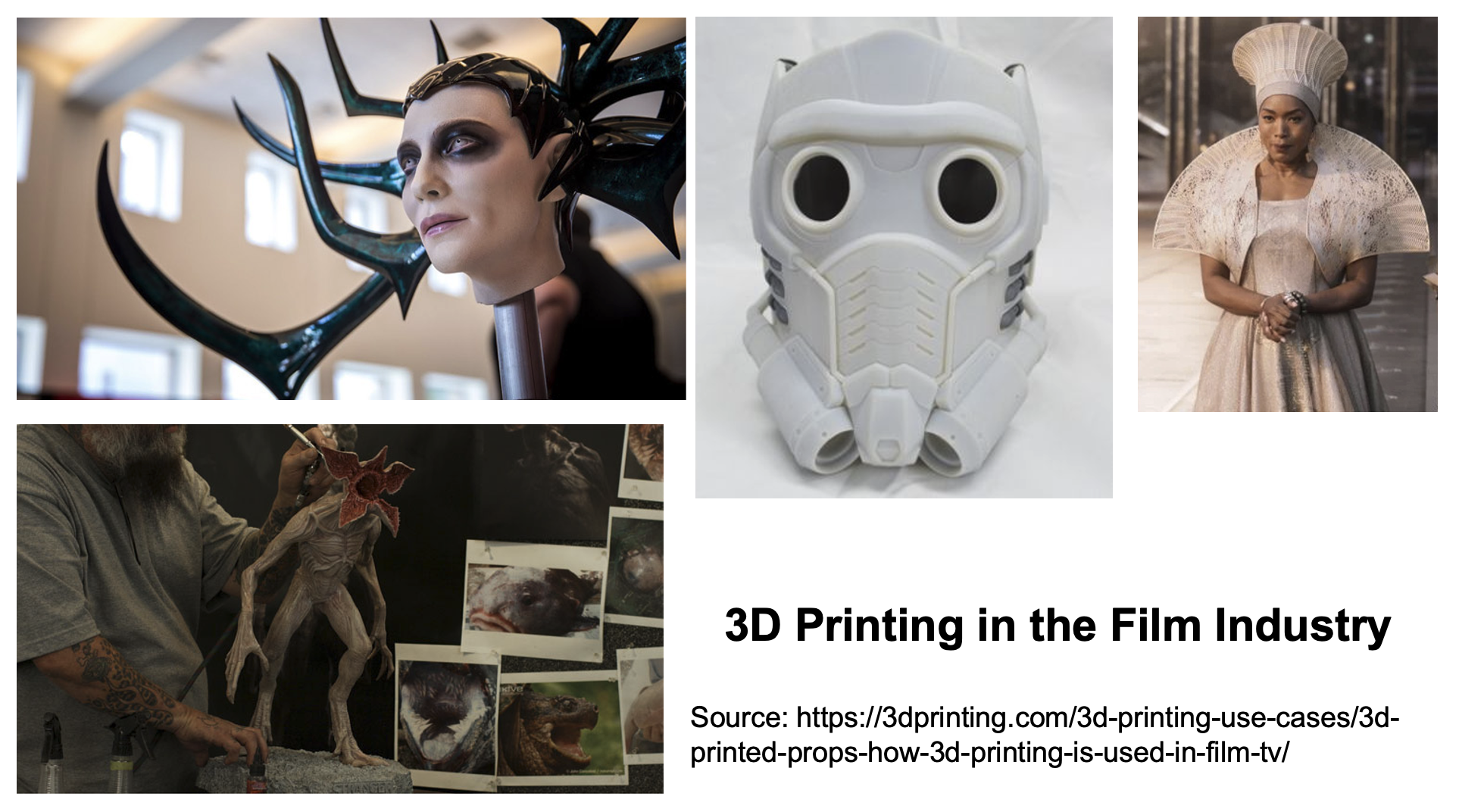 Makerspaces in Film & Theater
Makerspaces in Film & Theater
-
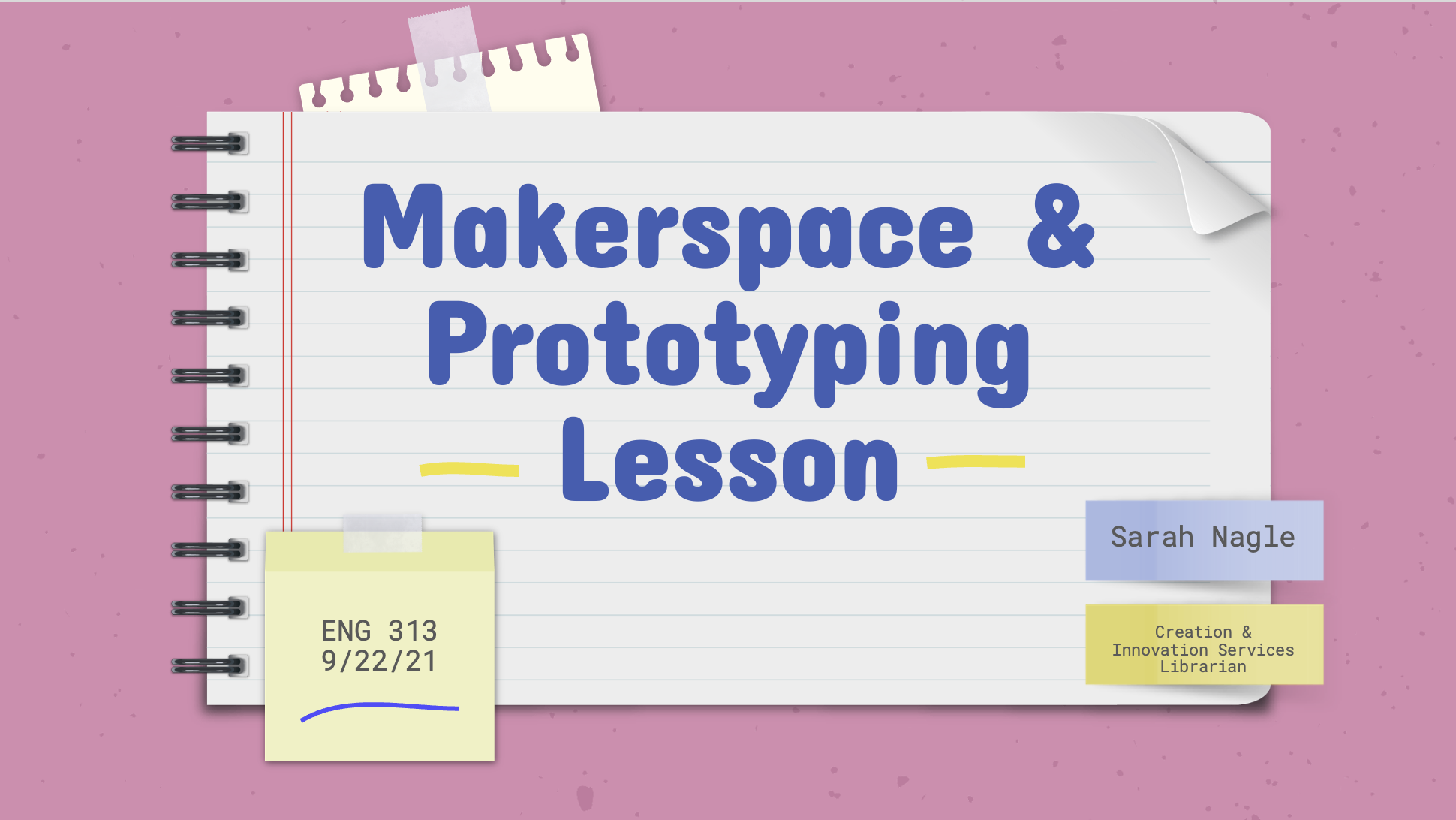 Makerspace & Prototyping
Makerspace & Prototyping Topics shared in the presentation include: 1) Makerspace overview; 2) Human-centered design basics; 3) Game prototyping activity; 4) Discussion on digital fabrication
 Developing a Research Question This learning object includes a handout with questions to guide students to developing a research outcome.
Developing a Research Question This learning object includes a handout with questions to guide students to developing a research outcome. Information Privilege and Representation This lesson uses disability studies to look at the effect of representation (or lack of representation) in the news. In this lesson, students discuss the importance of marginalized communities representing their perspectives on important issues, especially when those issues directly affect them.
Information Privilege and Representation This lesson uses disability studies to look at the effect of representation (or lack of representation) in the news. In this lesson, students discuss the importance of marginalized communities representing their perspectives on important issues, especially when those issues directly affect them. Media Effects Lesson on Agenda-Setting in the News This news literacy lesson teaches students about the mass media concept, agenda-setting.
Media Effects Lesson on Agenda-Setting in the News This news literacy lesson teaches students about the mass media concept, agenda-setting. Using Episodic and Thematic Frames to Get More Out of the News This lesson teaches students about the concept of framing from mass media communication in order to help them think more critically about information production.
Using Episodic and Thematic Frames to Get More Out of the News This lesson teaches students about the concept of framing from mass media communication in order to help them think more critically about information production. Interviewing for Empathy
A worksheet to help prepare students for performing empathy interviews as part of the design thinking process.
Interviewing for Empathy
A worksheet to help prepare students for performing empathy interviews as part of the design thinking process. LAS 315 - Makerspaces, Design Thinking, & Empathy This presentation introduces the concept of design thinking, particularly focusing on the empathy aspect of the process. Students in a class titled Latin American Diaspora in the US used empathy to better understand experiences of Latin American people.
LAS 315 - Makerspaces, Design Thinking, & Empathy This presentation introduces the concept of design thinking, particularly focusing on the empathy aspect of the process. Students in a class titled Latin American Diaspora in the US used empathy to better understand experiences of Latin American people. Book Spine Poetry This activity is meant to engage studio art students in the library through browsing and serendipitous discovery. Research has shown that art students have a preference for browsing as an information search strategy.
Book Spine Poetry This activity is meant to engage studio art students in the library through browsing and serendipitous discovery. Research has shown that art students have a preference for browsing as an information search strategy. Zine Workshop Learning Outcomes 1. Understand what zines are and how they function to record and promote counter-cultural voices as well as challenge traditional authority. 2. Learn about the history of zines and their aesthetics. 3. Analyze how text and image can work together to create meaning. 4. Make zines
Zine Workshop Learning Outcomes 1. Understand what zines are and how they function to record and promote counter-cultural voices as well as challenge traditional authority. 2. Learn about the history of zines and their aesthetics. 3. Analyze how text and image can work together to create meaning. 4. Make zines Bias in the Fine Arts Range of the Library of Congress Classification System This lesson is intended to introduce students to bias in the fine arts range. It argues that by privileging fine art over craft, LCC reinforces ideas that white male European art is superior to art made by women and BIPOC (Black, Indigenous, and People of Color) artists. The Fine Arts range is arranged by medium. While the fine arts (architecture, painting, sculpture, and drawing) are treated as primary categories (NA for architecture, NB for sculpture, and so on), the craft mediums (glass, woodwork, textiles, and ceramic) are a subdivision of a subdivision, located under “Other Arts and Art Industries” in Decorative Arts (NK).
Bias in the Fine Arts Range of the Library of Congress Classification System This lesson is intended to introduce students to bias in the fine arts range. It argues that by privileging fine art over craft, LCC reinforces ideas that white male European art is superior to art made by women and BIPOC (Black, Indigenous, and People of Color) artists. The Fine Arts range is arranged by medium. While the fine arts (architecture, painting, sculpture, and drawing) are treated as primary categories (NA for architecture, NB for sculpture, and so on), the craft mediums (glass, woodwork, textiles, and ceramic) are a subdivision of a subdivision, located under “Other Arts and Art Industries” in Decorative Arts (NK). Reflection on Makerspaces and Digital Humanities
Reflection on Makerspaces and Digital Humanities  Makerspaces in Film & Theater
Makerspaces in Film & Theater  Makerspace & Prototyping Topics shared in the presentation include: 1) Makerspace overview; 2) Human-centered design basics; 3) Game prototyping activity; 4) Discussion on digital fabrication
Makerspace & Prototyping Topics shared in the presentation include: 1) Makerspace overview; 2) Human-centered design basics; 3) Game prototyping activity; 4) Discussion on digital fabrication